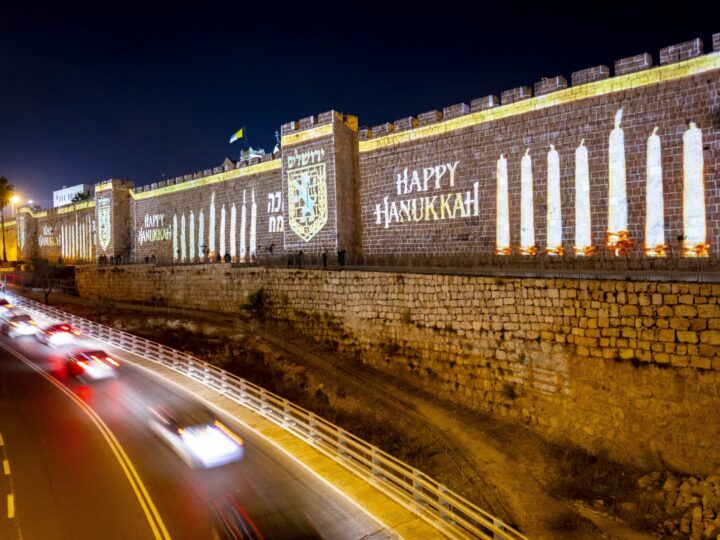As of yesterday evening, 82 hours after it broke out, and after claiming the lives of 42 people, the worst fire in Israel’s history, that burned dozens of homes and ravaged thousands of acres of land in the north of the country, was finally extinguished. Local firefighters, police, soldiers and volunteers mobilized, along with assistance in the form of manpower and equipment from around the world.
Researchers at the University of Haifa say that the fire’s proportions were inevitable, due to the conditions prevailing in the Carmel forests.
Dr. Lea Wittenberg and Dr. Dan Melkinson of the University of Haifa, who study fires on the Carmel Mountains, also explain that “The approach is not to ‘go out and bring back the green,’ but to observe the ground and consider where to plant anew and where not.
“All the fires on the Carmel over the past 30 years burnt a total of about 3,000 hectares of forest. The present blaze has burnt down some 5,000 hectares.”
According to the researchers, it is the forest conditions that determine the force of a fire, and at times even the best human deployment cannot help. “The extent and intensity of the fire depend on the conditions in the forest. A young and damp forest will not burn. A mature forest that has accumulated many combustive materials will burn easily.
“With no rainfall for the past eight months, the forest became extremely dry, and along with the strong winds, the present fire grew so wild. Nothing could have stopped it from reaching its great proportions. The smoke began at 11 a.m. and by noon we had a full view of massive flames,” say Wittenberg and Melkinson.
“Since 1978 the Carmel Mountains have seen some 500 small and medium fires and nine large-scale conflagrations, which are considered such when over 100 hectares are burnt,” adds Wittenberg, who has been researching the Carmel region for the past twenty years.
The researchers note that the problem with fires in the Carmel is that there are some areas that have been burnt twice or even three times over the past thirty years and it will be very difficult to revive these areas because of the extreme damage to their soil and vegetation.
Fighting for Israel's truth
We cover what makes life in Israel so special — it's people. A non-profit organization, ISRAEL21c's team of journalists are committed to telling stories that humanize Israelis and show their positive impact on our world. You can bring these stories to life by making a donation of $6/month.







